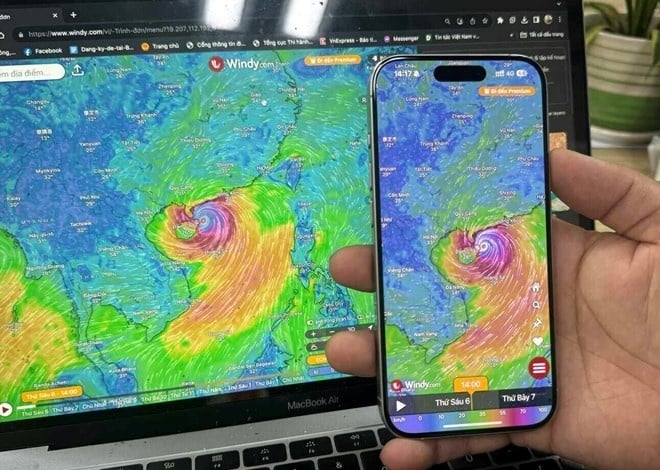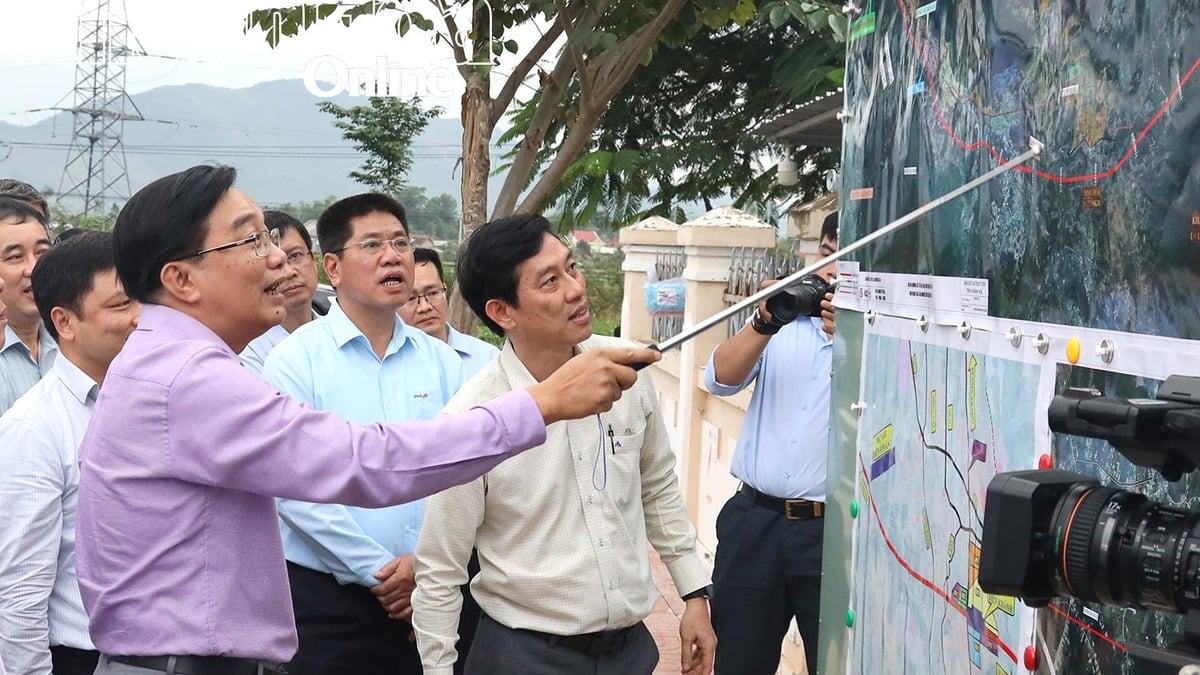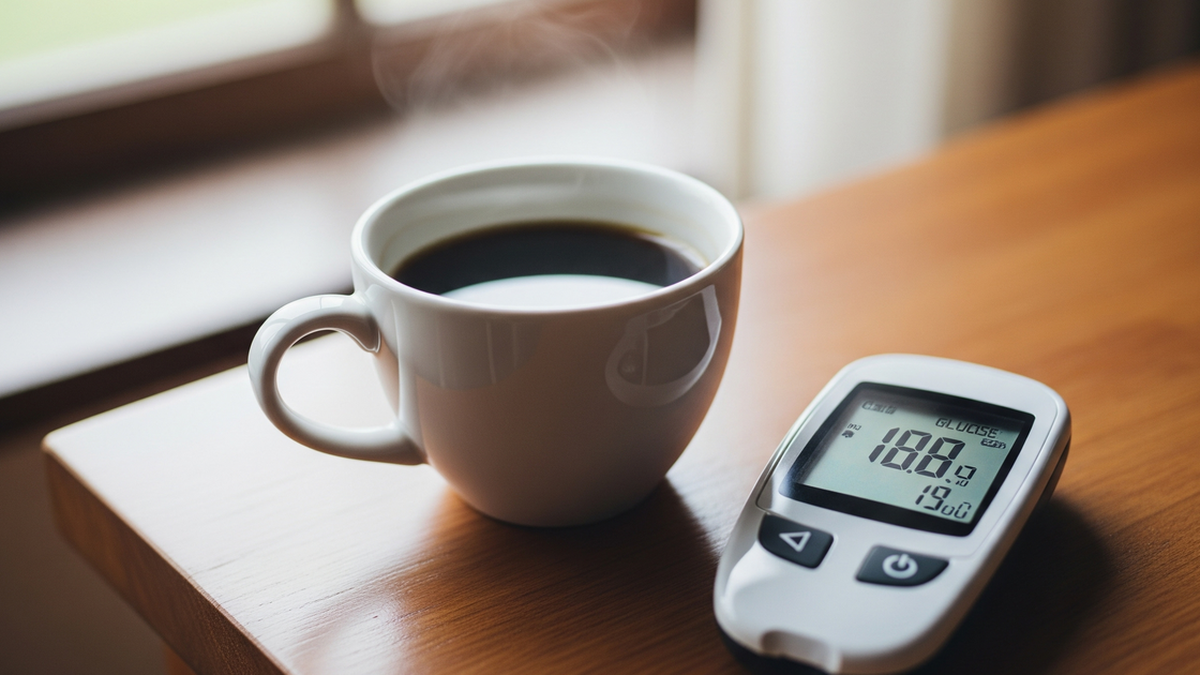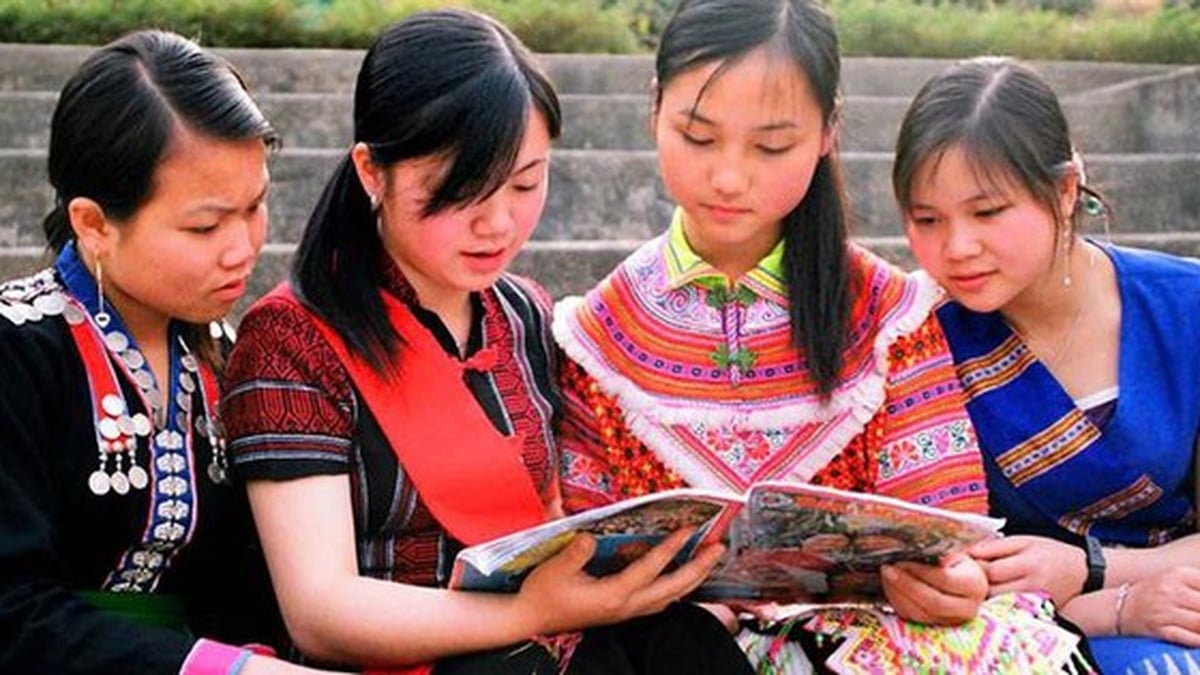 |
Major storms like Wipha pose a risk of affecting telecommunications infrastructure. Photo: Anh Quan . |
Cellular base stations face the same problems as regular household appliances. When a storm causes a power outage in an area, the base stations that connect to cell phones lose the power to operate. Additionally, base stations must connect to each other and to servers using fiber optic cables that form a data network. Gusts of wind, landslides, or falling trees can cut off these connections.
Disruption of power or data connections can result in reduced cellular service quality or complete loss of connectivity if an area loses too many lines and towers.
Most cell towers today have a backup power source, either a battery or a generator. After a power outage, the backup battery will keep the tower running for a few hours, after which a gasoline or diesel generator will kick in.
However, the station and the mobile network cannot operate if the data cables are broken. This is what happened in September 2024 with all three major network operators in Vietnam, Viettel, VinaPhone and MobiFone, in many northern provinces after Typhoon Yagi made landfall. In about 7-10 days, the mobile network was gradually restored, although many areas still lost signal.
Before storm Wipha, the third storm of 2025, major network operators in Vietnam said they had solutions to strengthen telecommunications infrastructure and prepare for backup and rescue.
Information from VinaPhone said that as of the morning of July 21, they had arranged spare supplies, repair tools to restore cable connections and fuel in localities affected by storm No. 3 and each station had 1-2 teams ready to respond to information.
Viettel said it has mobilized 100 additional teams to respond to station and cable information, 150 teams to handle fixed broadband subscriber incidents, and 30 generator repair teams to support provinces affected by storms and circulation. Information response supplies in the provinces all have a high reserve rate.
Both networks said they have prepared plans to use mobile broadcasting vehicles if necessary.
MobiFone said it has installed backup generators, maintained equipment, reinforced the station and mobilized nearly 300 on-site workers at locations affected by the storm along with dozens of measuring and fiber optic cable welding machines.
VinaPhone and MobiFone said they have prepared a plan for roaming mobile services between networks, "opening" connections so that subscribers from one network can use telecommunications waves from another. This is a solution that can help users maintain connections in case all mobile networks are affected.
Source: https://znews.vn/vi-sao-bao-lam-mat-song-dien-thoai-post1570668.html



























![[Photo] National Assembly Chairman attends the seminar "Building and operating an international financial center and recommendations for Vietnam"](https://vphoto.vietnam.vn/thumb/1200x675/vietnam/resource/IMAGE/2025/7/28/76393436936e457db31ec84433289f72)









































































Comment (0)